Arnold, Michael L. 2008. Reticulate Evolution and Humans: Origins and Ecology. Oxford University Press.
Bell, D.; Roberton, S.; and Hunter, P. R. 2004. "Animal Origins of SARS Coronavirus: Possible Links with the International Trade in Small Carnivores." Philosophical Transactions of the Royal Society of London, Series B, Biological Sciences 359:1107-1114.
Bisby, F.A.; Roskov, Y.R.; Orrell, T.M.; Nicolson, D.; Paglinawan, L.E.; Bailly, N.; Kirk, P.M.; Bourgoin, T.; Baillargeon, G.; and Ouvrard, D. (red.). 2011. "Macrogalidia musschenbroekii Schlegel, 1877."Species 2000 & ITIS Catalogue of Life: 2011 Annual Checklist. Reading, UK. Retrieved July 31, 2014.
- Available at: http://www.itis.gov/servlet/SingleRpt/SingleRpt?search_topic=Scientific_Name&search_value=Macrogalidia%20musschenbroekii&search_kingdom=Animal&search_span=exactly_for&categories=All&source=html&search_credRating=All
Boelens, Bo; Watkins, Michael; and Grayson, Michael. 2009. The Eponym Dictionary of Mammals. Johns Hopkins University.
Boudet, Ch. 10 January 2009. "Species Sheet: Brown Palm Civet, Musang, Sulawesi Civet, Sulawesi Palm Civet." Mammals' Planet: Vs n°4, 04/2010. Retrieved July 31, 2014.
- Available at: http://www.planet-mammiferes.org/drupal/en/node/38?indice=Macrogalidia+musschenbroekii
Boudet, Ch. 10 January 2009. "Subspecies Sheet [Macrogalidia musschenbroekii musschenbroekii]." Mammals' Planet: Vs n°4, 04/2010. Retrieved July 31, 2014.
- Available at: http://www.planet-mammiferes.org/drupal/en/node/39?indice=Macrogalidia+musschenbroekii+musschenbroekii
"Brown Palm Civet." Earth's Endangered Creatures: Endangered Species List > Worldwide Endangered Animal List. Retrieved July 31, 2014.
- Available at: http://www.earthsendangered.com/profile.asp?gr=M&sp=11076
Cassell's Universal Portrait Gallery: A Collection of Portraits of Celebrities, English and Foreign. With Facsimile Autographs. 1895. London, Paris & Melbourne: Cassell and Company, Limited.
- Available via Internet Archive at: https://archive.org/details/cassellsuniversa00londiala
Corbet, G.B.; and Hill, J.E. 1992. Mammals of the Indo-Malayan Region: A Systematic Review. Oxford, U.K.: Oxford University Press.
Driver, Stephanie (ed.). 2008. Exploring Mammals, Volume 3. Tarrytown, NY: Marshall Cavendish Corporation.
Duff, Andrew; and Lawson, Ann. 2004. Mammals of the World: A Checklist. Yale University Press.
Ewer, R.F. 1998. The Carnivores. Cornell University Press: Cornell Paperbacks.
Francis, Charles M. 1 January 2008. A Field Guide to the Mammals of South-East Asia. New Holland Publishers.
Gaubert, P.; and Cordeiro-Estrela, P. 2006. “Phylogenetic Systematics and Tempo of Evolution of the Viverrinae (Mammalia, Carnivora, viverridae) within Feliformians: Implications for Faunal Exchanges between Asia and Africa.” Molecular Phylogenetics and Evolution 41:266-278.
Gervais, Paul. 1855. Histoire naturelle des Mammifères: Carnivores, Proboscidiens, Jumentés, Bisulques, Édentés, Marsupiaux, Monotrèmes, Phoques, Sirénides et Cétacés. Paris: L. Curmer.
Gittleman, John L.; Funk, Stephan M.; Macdonald, David; and Wayne, Robert K. (eds.). 2001. Carnivore Conservation. Cambridge University Press: Conservation Biology 5.
Hayssen, Virginia; Van Tienhoven, Ari; and Van Tienoven, Ans. Asdell’s Patterns of Mammalian Reproduction: A Compendium of Species-Specific Data. Cornell University, 1993.
Hunter, Luke; and Barrett, Priscilla. 2011. A Field Guide to the Carnivores of the World. London, Cape Town, Sydney, Auckland: New Holland Publishers (UK) Ltd.
Jennings, A. P.; and Veron, J. 2009. "Family Viverridae (Civets, Genets, and Oyans)." In: Don E. Wilson and Russel Mittermeier (Hrsg.) Handbook of the Mammals of the World Volume 1: Carnivores. Lynx Edicions.
Jentink, Dr. F.A. (Fredericus Anna). 1884. Notes from the Leyden Museum. Leyden: E.J. Brill.
- Available via Biodiversity Heritage Library at: http://biodiversitylibrary.org/page/9635519
Kondo, H.; Tesar, J.; Cloud, D.; Kagan, L. (eds.). 1972. Civets, Genets, and Linsangs, Volume 2, 3rd Edition. Milan: Fratelli Fabbri Editori.
Larivière, Serge. 2004. "Sulawesi Palm Civet Macrogalidia musschenbroekii Spanish: Civeta celebiana." P. 344 in Grzimek's Animal Life Encyclopedia, Second Edition. Volume 14: Mammals III, edited by Michael Hutchins, Devra G. Kleiman, Valerius Geist, and Melissa C. McDade. Farmington Hills, MI: Gale Group, Inc., division of Thomson Learning Inc.
Lee, R. J.; Riley, J.; Hunowu, I.; and Maneasa, E. 2003. "The Sulawesi Palm Civet: Expanded Distribution of a Little Known Endemic Viverrid." Oryx 37:378-381.
Lydekker, Richard. 1896. A Hand-book to the Carnivora, Part I. Cats, Civets, and Mungooses. London, England: Edward Lloyd, Limited: Lloyd's Natural History Edited by R. Bowdler Sharpe.
- Available via Internet Archive at: http://archive.org/stream/handbooktocarniv00lydekke#page/238/mode/2up
Lydekker, R. (Richard). 1903. Mostly Mammals: Zoological Essays. With sixteen full-page illustrations by The Duchess of Bedford, Lord Delamere, The Hon. Walter Rothschild, J. Wolf, and Others. New York: Dodd Mead & Company; London: Hutchinson & Co.
- Available via Internet Archive at: https://archive.org/details/mostlymammalszoo00lyde
Lydekker, R. (Richard). 1898. Wild Oxen, Sheep, & Goats of All Lands Living and Extinct. London: Rowland Ward.
- Available via Biodiversity Heritage Library at: http://biodiversitylibrary.org/page/9369967
"Macrogalidia musschenbroekii." Mongabay. Retrieved July 31, 2014.
- Available at: http://biodiversity.mongabay.com/animals/m/Macrogalidia_musschenbroekii.html
“Macrogalidia musschenbroekii Schlegel, 1877.” The Marine Biological Universal Biological Indexer and Organizer. Retrieved July 31, 2014.
- Available at: http://www.ubio.org/browser/details.php?namebankID=105788
"Macrogalidia musschenbroekii (Sulawesian Palm Civet)." ZipcodeZoo: Species Identifier 128435. Retrieved July 31, 2014.
- Available at: http://zipcodezoo.com/animals/m/macrogalidia_musschenbroekii/
Meierotto, Sarah. 2013. “Macrogalidia musschenbroekii: Sulawesi Palm Civet (On-line).” Animal Diversity Web. University of Michigan Museum of Zoology. Retrieved July 31, 2014.
- Available at: http://animaldiversity.ummz.umich.edu/accounts/Macrogalidia_musschenbroekii/
Meijaard, E.; MacKinnon, J.; Jennings, A.P.; and Veron, G. 2008. "Macrogalidia musschenbroekii." In: IUCN 2014. International Union for Conservation of Nature and Natural Resources Red List of Threatened Species. Version 2014.1. Retrieved July 31, 2014.
- Available at: http://www.iucnredlist.org/details/full/12592/0
Meyer, A.B. (Adolf Bernhard). 1896. Säugethiere vom Celebes- und Philippinen-Archipel. I. Abhandlungen und Berichte des Königlichen Zoologischen und Anthropologisch-Ethnographischen Museums zu Dresden 1896/1897, Nr. 6 & 7. Berlin: R. Friedländer & Sohn.
- Available via Internet Archive at: https://archive.org/details/sugethierevomc00meyerad
Myers, P.; Espinosa, R.; Parr, C.S.; Jones, T.; Hammond, G.S.; and Dewey, T.A. 2014. “Macrogalidia musschenbroekii: Sulawesi Palm Civet (On-line).” The Animal Diversity Web. University of Michigan Museum of Zoology. Retrieved July 31, 2014.
- Available at: http://animaldiversity.ummz.umich.edu/accounts/Macrogalidia_musschenbroekii/classification/
Nowak, Ronald M. 1999. Walker's Mammals of the World, Sixth Edition. Volume I. Baltimore: Johns Hopkins University Press.
Ovid. Metamorphoses. Book IX.
Schreiber, A.; Wirth, R.; Riffel, M.; and Van Rompaey, H. 1989. Weasels, Civets, Mongooses, and Their Relatives. An Action Plan for the Conservation of Mustelids and Viverrids. Gland, Switzerland: IUCN.
"Sulawesi Civet Captured in Lore Lindu Park." The Jakarta Post > Life. Tuesday, April 11, 2000. PT. Niskala Media Tenggara. Web. www.thejakartapost.com
- Available at: http://www.thejakartapost.com/news/2000/04/11/sulawesi-civet-captured-lore-lindu-park.html
“Sulawesi Palm Civet.” The Animal Files: Mammals > Carnivores. Retrieved July 31, 2014.
- Available at: http://www.theanimalfiles.com/mammals/carnivores/civet_sulawesi_palm.html
“Sulawesi Palm Civet (Macrogalidia musschenbroekii).” ARKive: Species > Mammals. Retrieved July 31, 2014.
- Available at: http://www.arkive.org/sulawesi-palm-civet/macrogalidia-musschenbroekii/
“Sulawesi Palm Civet Pictures and Facts.” The Website of Everything: Animals > Mammals > Carnivora > Viverridae > Hemigalinae > Chrotogale. Retrieved July 31, 2014.
- Available at: http://thewebsiteofeverything.com/animals/mammals/Carnivora/Viverridae/Macrogalidia/Macrogalidia-musschenbroekii.html
"Sulawezi Palm Civit (Macrogalidia musschenbroekii)." Encyclopedia of Life. Retrieved July 31, 2014.
- Available at: http://eol.org/pages/328087/details
Veron, Geraldine. 2010. “Phylogeny of the Viverridae and ‘Viverrid-like’ Feliforms.” Pp. 64-90 in Carnivoran Evolution: New Views on Phylogeny, Form and Function edited by Anjali Goswami and Anthony Friscia. Cambridge University Press: Cambridge Studies in Morphology and Molecules.
Wemmer, C. 1983. "External Characters of the Sulawesi Palm Civet." Journal of Mammalogy 64(1):133-136.
Wemmer, C. and Watling, D. 1986." Ecology and Status of the Sulawesi Palm Civet." Biological Conservation 35:1-17.
Wilson, Don E.; and Cole, F. Russell. 2000. Common Names of Mammals of the World. Washington, D.C.: Smithsonian Institution Press.
Wilson, Don E.; and Reeder, DeeAnn M. (editors). 2005. Mammal Species of the World: A Taxonomic and Geographic Reference (3rd ed), Johns Hopkins University Press.
Wilting, A.; and Fickel, J.. 2012. "Phylogenetic Relationship of Two Threatened Endemic Viverrids from the Sunda islands, Hose's Civet and Sulawesi Civet." Journal of Zoology 1-7.
Wrobel, Murray (Editor). 2007. Elsevier's Dictionary of Mammals: Latin English German French Italian. Oxford, U.K.: Elsevier B.V.


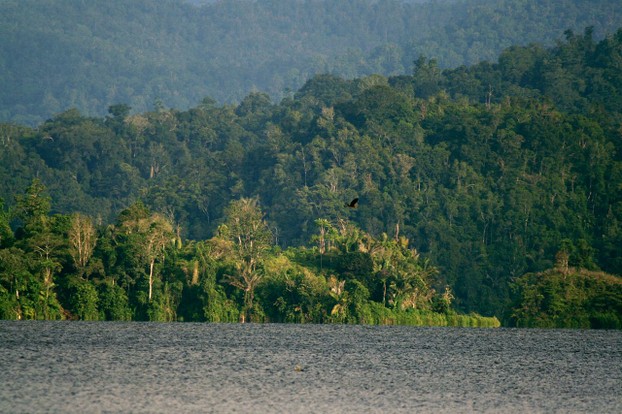
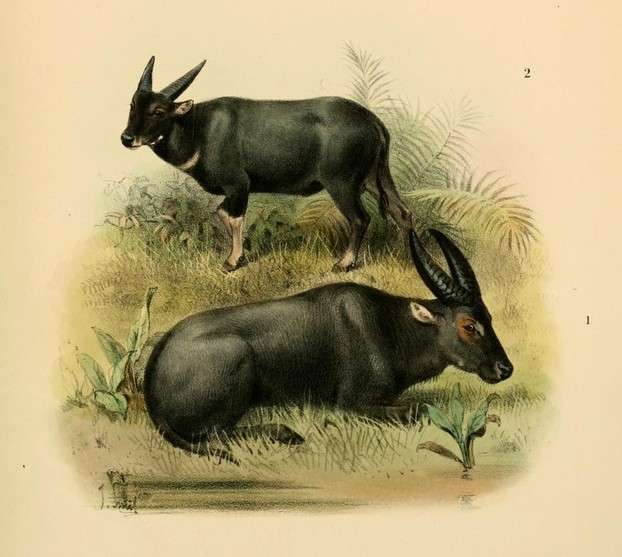
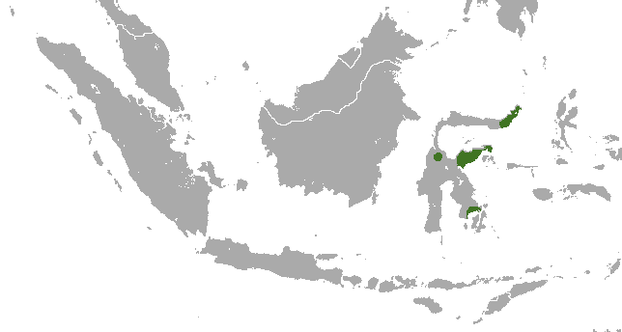
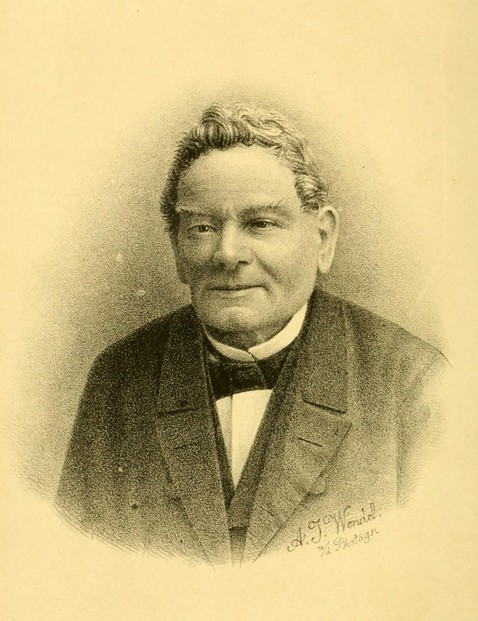
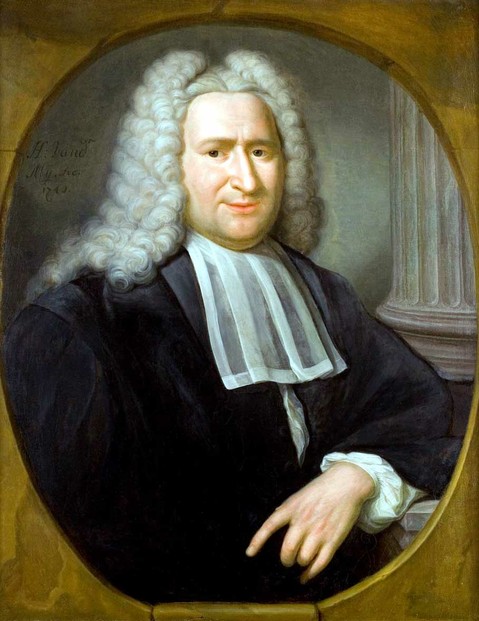
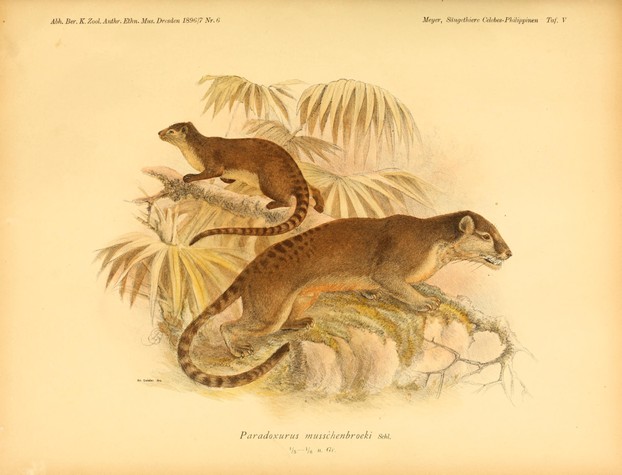
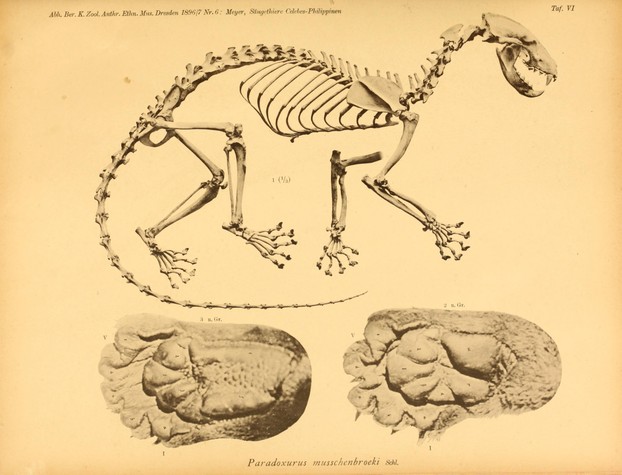
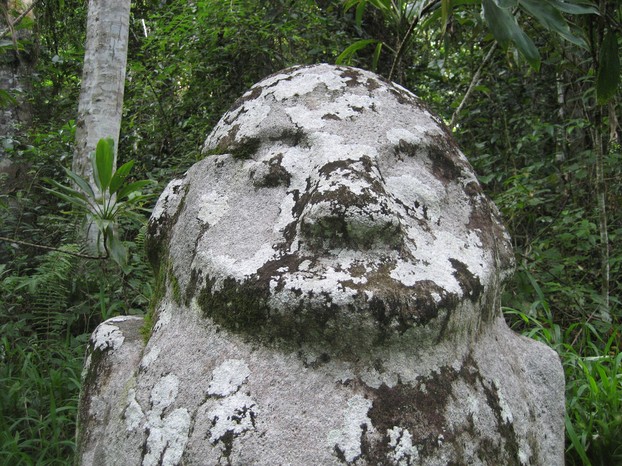
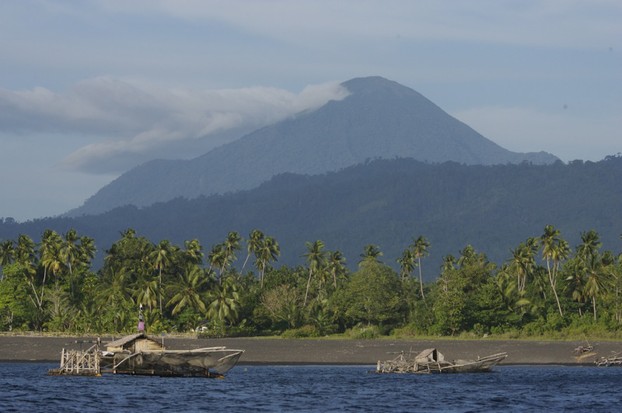
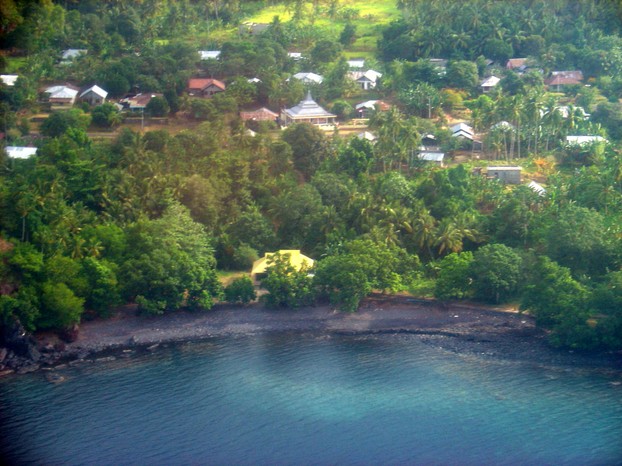





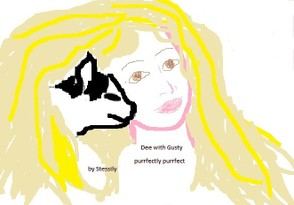
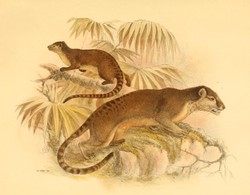

 Are Hawaiian Huakai Po Nightmarchers Avenging Halloween Thursday?on 10/02/2024
Are Hawaiian Huakai Po Nightmarchers Avenging Halloween Thursday?on 10/02/2024
 Mailing Addresses for 2023 Form 4868 Extending 1040 and 1040SR April 15, 2024, Due Dateon 04/15/2024
Mailing Addresses for 2023 Form 4868 Extending 1040 and 1040SR April 15, 2024, Due Dateon 04/15/2024
 Mailing Addresses for 2023 Forms 1040 and 1040SR Filed in 2024on 04/15/2024
Mailing Addresses for 2023 Forms 1040 and 1040SR Filed in 2024on 04/15/2024
 Mailing Addresses for 2022 Form 4868 Extending 1040 and 1040SR April 18, 2023, Due Dateon 04/13/2023
Mailing Addresses for 2022 Form 4868 Extending 1040 and 1040SR April 18, 2023, Due Dateon 04/13/2023

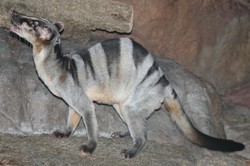
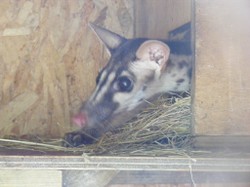
Comments
That Jungle Eyes T-shirt is quite striking.